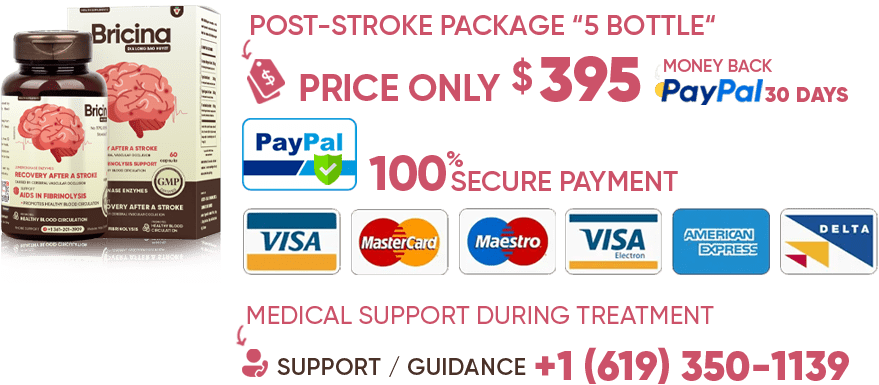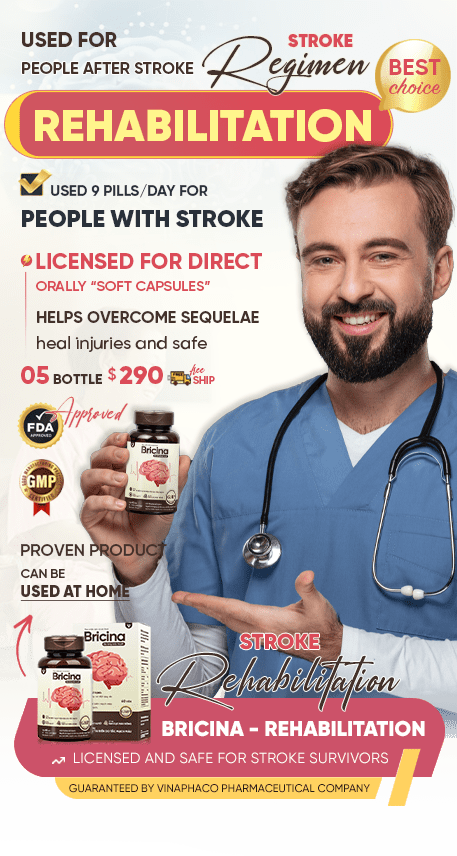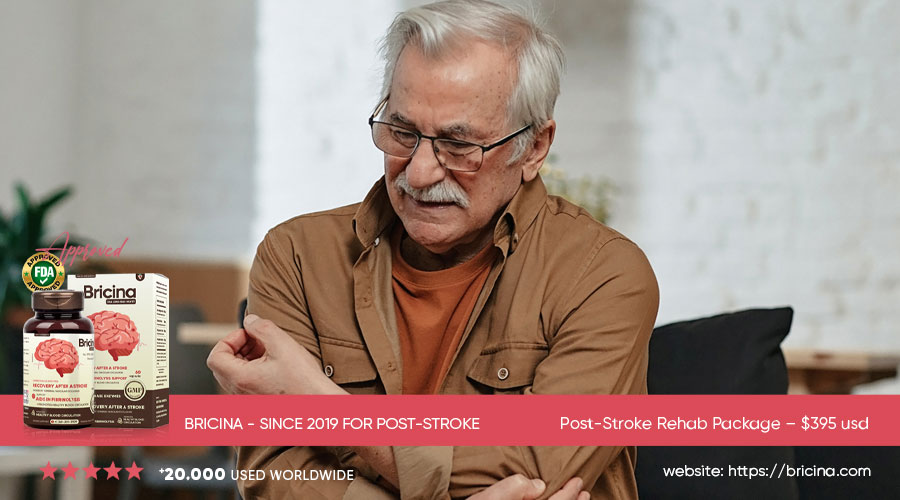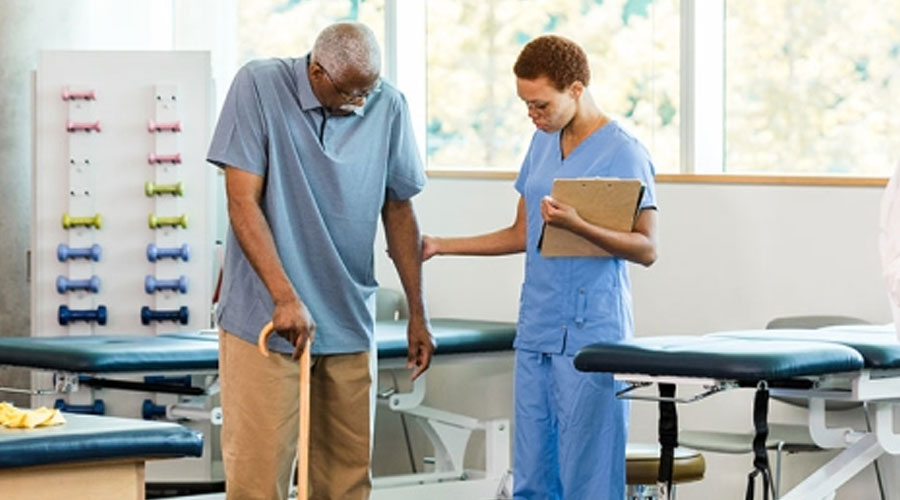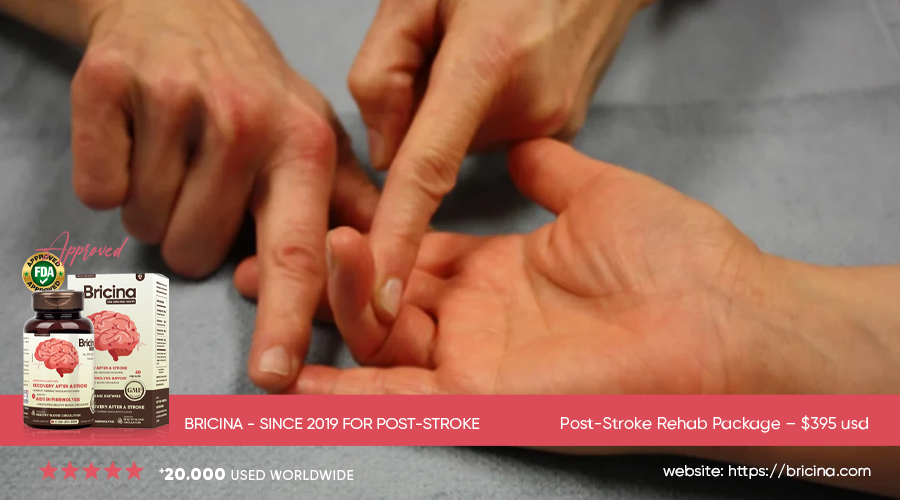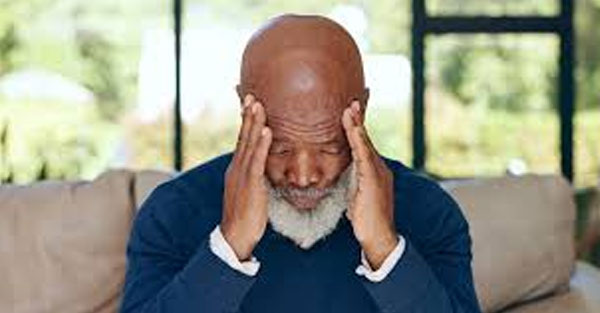Virtual reality (VR) and telemedicine approach can be an effective way to rehabilitate the paretic upper limb after a stroke
Offering a potentially more engaging and accessible rehabilitation experience. This approach combines the use of VR systems to deliver motor tasks and exercises, along with remote monitoring and feedback from a therapist through a telemedicine platform.
 VR can create immersive and interactive environments that are more engaging and motivating for patients than traditional exercises. VR systems can be adjusted to different difficulty levels, allowing therapists to tailor the exercises to the patient's specific needs and abilities.
VR can create immersive and interactive environments that are more engaging and motivating for patients than traditional exercises. VR systems can be adjusted to different difficulty levels, allowing therapists to tailor the exercises to the patient's specific needs and abilities. Objective: Telerehabilitation enables a remotely controlled programme to be used to treat motor deficits in post-stroke patients. The effects of this telerehabilitation approach were compared with traditional motor rehabilitation methods.
Design: Randomized single-blind controlled trial.
Patients: A total of 36 patients with mild arm motor impair- ments due to ischaemic stroke in the region of the middle cerebral artery.
Methods: The experimental treatment was a virtual reality- based system delivered via the Internet, which provided mo- tor tasks to the patients from a remote rehabilitation facility. The control group underwent traditional physical therapy for the upper limb. Both treatments were of 4 weeks dura- tion. All patients were assessed one month prior to therapy, at the commencement and termination of therapies and one month post-therapy, with the Fugl-Meyer Upper Extremity, the ABILHAND and the Ashworth scales.
Results: Both rehabilitative therapies significantly improved all outcome scores after treatment, but only the Fugl-Meyer Upper Extremity scale showed differences in the comparison between groups.
Conclusion: Both strategies were effective, but the experi- mental approach induced better outcomes in motor perform- ance. These results may favour early discharge from hospital sustained by a telerehabilitation programme, with potential beneficial effects on the use of available resources.
Tele-therapy, that is managing therapies remotely, represents the opportunity to convey therapeutic interventions at a dis- tance for subjects with disabilities due to various injuries.
In this regard, several disabilities due to neurological lesions might benefit from the increase in frequency of treatment that could be provided via telemedicine without the systematic displacement of therapist or patient.
On the other hand, several National Health System guidelines recommend a reduction in the duration of patients’ stays in hospital in order to minimize expenditure; with this in mind telemedicine could be utilized in facilitating early discharge support. A recent review of early discharge support post-stroke illustrated that patients with mild to moderate disability were significantly less likely to be dead or dependent by the time of their scheduled follow-up, in comparison with those who received conventional care.
Craig et al. demonstrated the possibility of managing neurological examination utilizing telemedicine with the same reliability as face-to-face assessment, while for tele-therapy there is a lack of evidence of its effectiveness, probably due to the limited research in this field.
In 2001 we performed an initial study with 5 post-stroke patients connected and treated at home by means of a virtual reality (VR) based prototypal system working on digital lines
Data from that study showed an improvement in patient arm motor performance after the telerehabilitation trial and a positive tele-interaction between the patient and the thera- pist.
To verify this preliminary evidence, we conducted a rand- omized controlled study with a larger group of post-stroke pa- tients. A new VR-based system, working via low-cost Internet connection, was compared with traditional physical therapy supplied in the local health-district.

